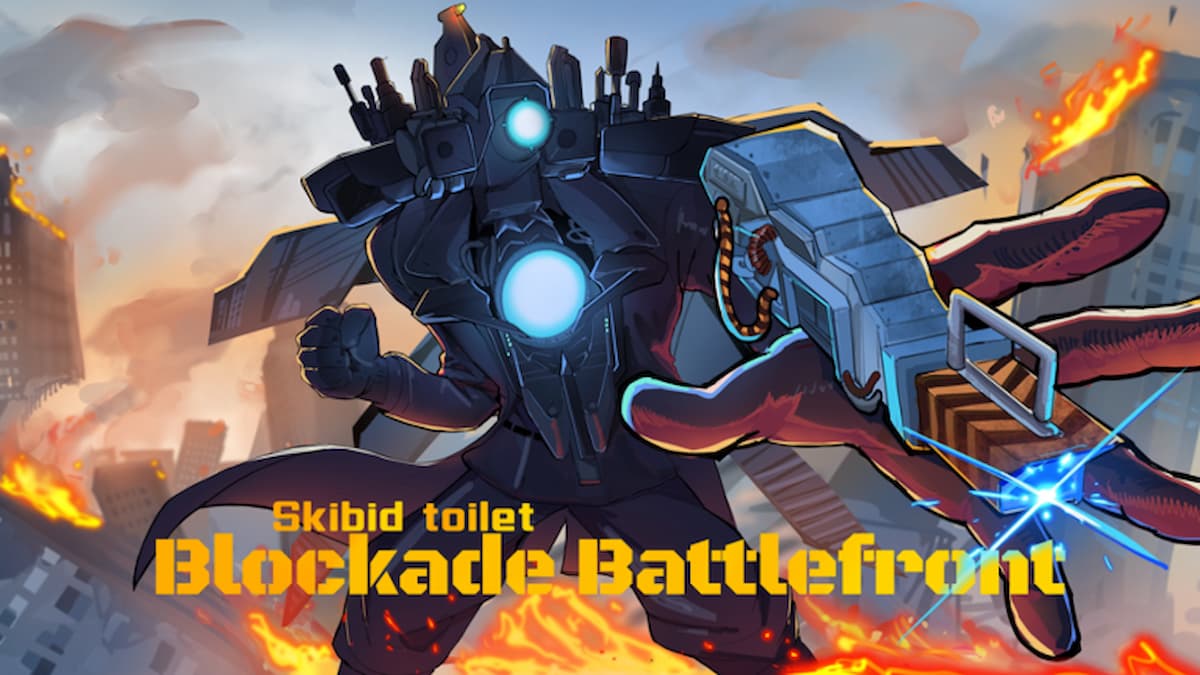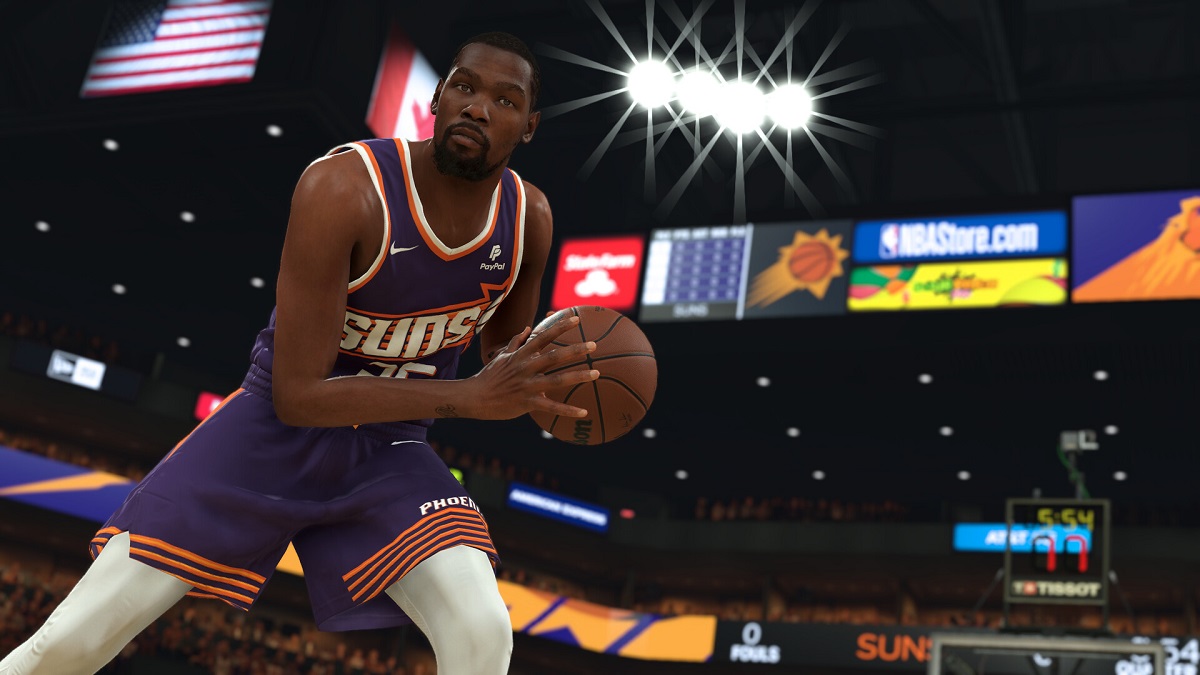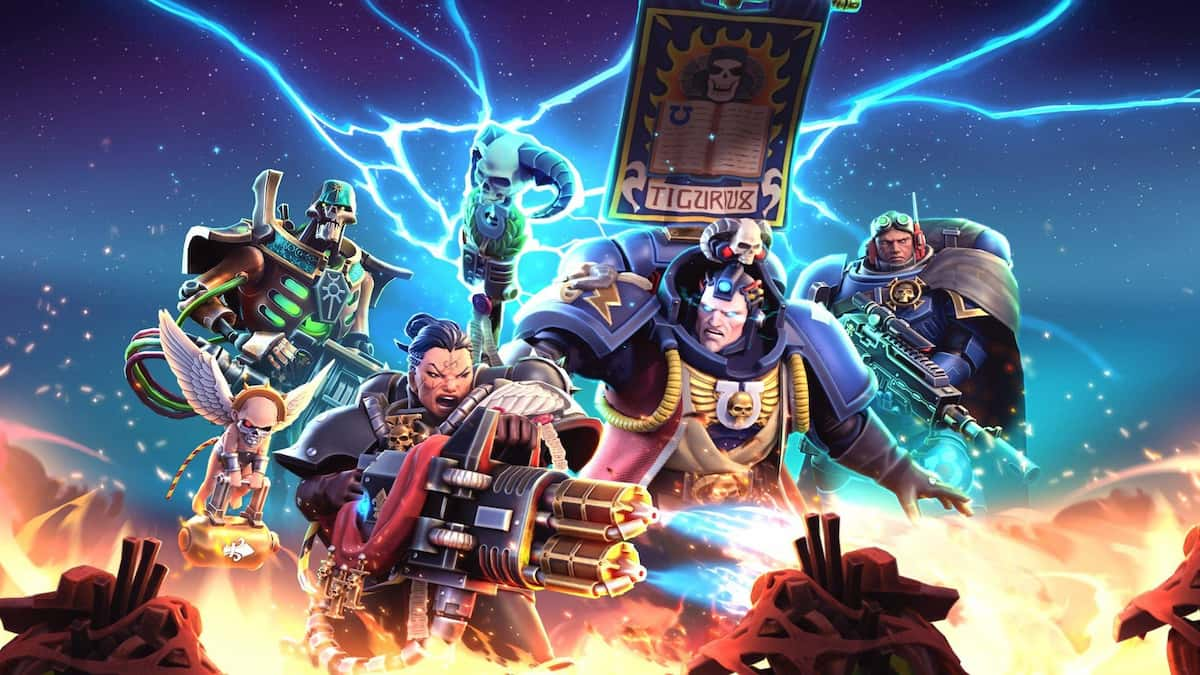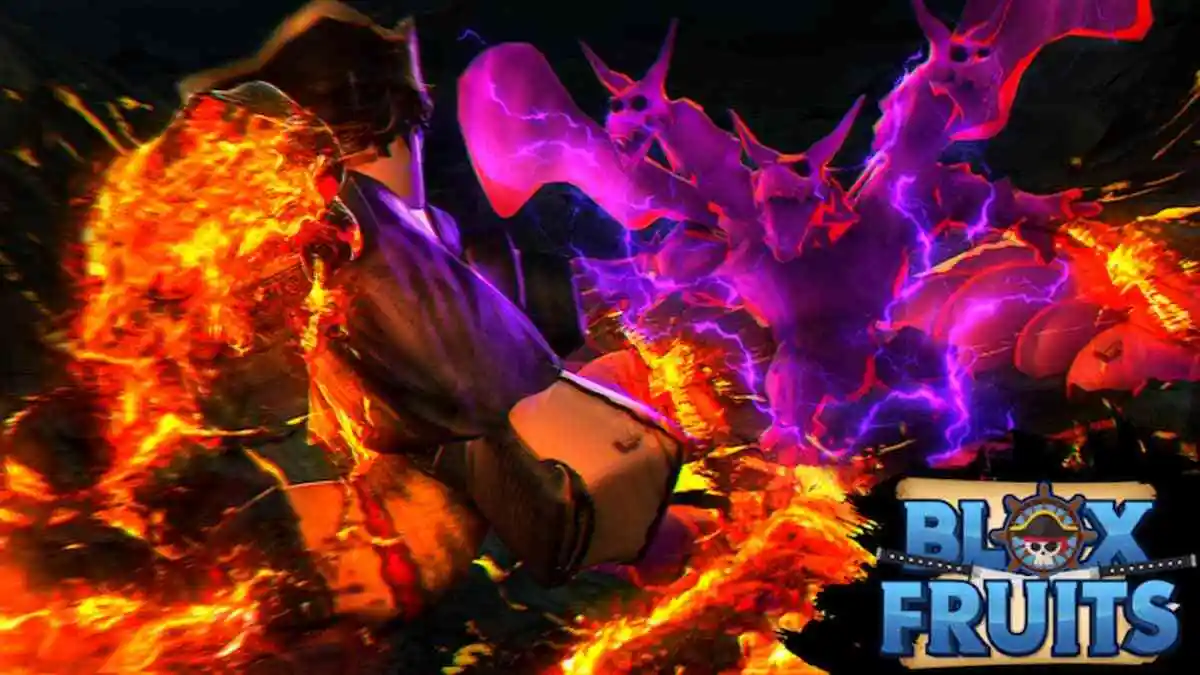Ready to jump back into a game designer’s head? I already revealed a few secrets about level design and how you can pick up on certain cues that game designers leave to help you finish a level. Now it’s time to talk about another type of cue: items and NPCs.
Items and NPCs are there to aid you in your quest. NPCs will give verbal clues about what to do next, but sometimes the best clue is that new grappling hook gun you just got.
Talk to townspeople
Every RPG fan knows this. NPCs will give you the relevant information you need, though often in a fog of flavor text and world information that, while interesting, isn’t really relevant to your main quest. This is especially true of RPGs. In sandbox games and MMORPGs, this fog is often lifted by a very visible quest marker above an NPC’s head or on the minimap.
Some games prepare you for the type of gameplay or the level of difficulty in an area. NPCs may tell you that the forest to the east is dangerous, which presents you a strategic choice: “Do I go off the beaten path to find rare treasure or do I follow the main path?”
The Dark Souls games, for instance, have NPCs who flat-out tell you you’re going to die. The world is bleak and hopeless, and items are hard-gained. The ones that are given to you freely are either out of a dead man’s hand or by plot-essential NPCs. This struggle to gain items sets up a tone for the player. There are no hidden treasures to be gotten from rummaging through NPC shop drawers. No rewards are given out simply for exploration. There’s a measure of risk-taking in every secret item or chest. Unlike Zelda, Dark Souls is a game that rewards caution over exploration and the world (via NPCs) literally tells you that from the very start.
Always trust your most recent item
Your most recent item is the one you want to use. It will be vital for solving the next puzzle and usually for defeating the next boss. Everything hinges on this item.
Even if it’s a limited use item, it’s going to be useful soon. Say you find a cure for poison—then get ready to fight enemies that will poison your characters. Now say you find an incendiary grenade in the room just before fighting a boss—the boss probably has a weakness to fire.
Game designers drop these little hints all the time, but it’s up to the player to realize that items aren’t just “free stuff.” They are a lesson about how to play the game or a warning of what’s to come.
Never underestimate the value of the people and things you come across in your travels. Everything was put there for a reason. For more insight into game design and how you can use it in your quests, check out these articles on level design and metagaming.







Published: Aug 15, 2015 09:15 pm